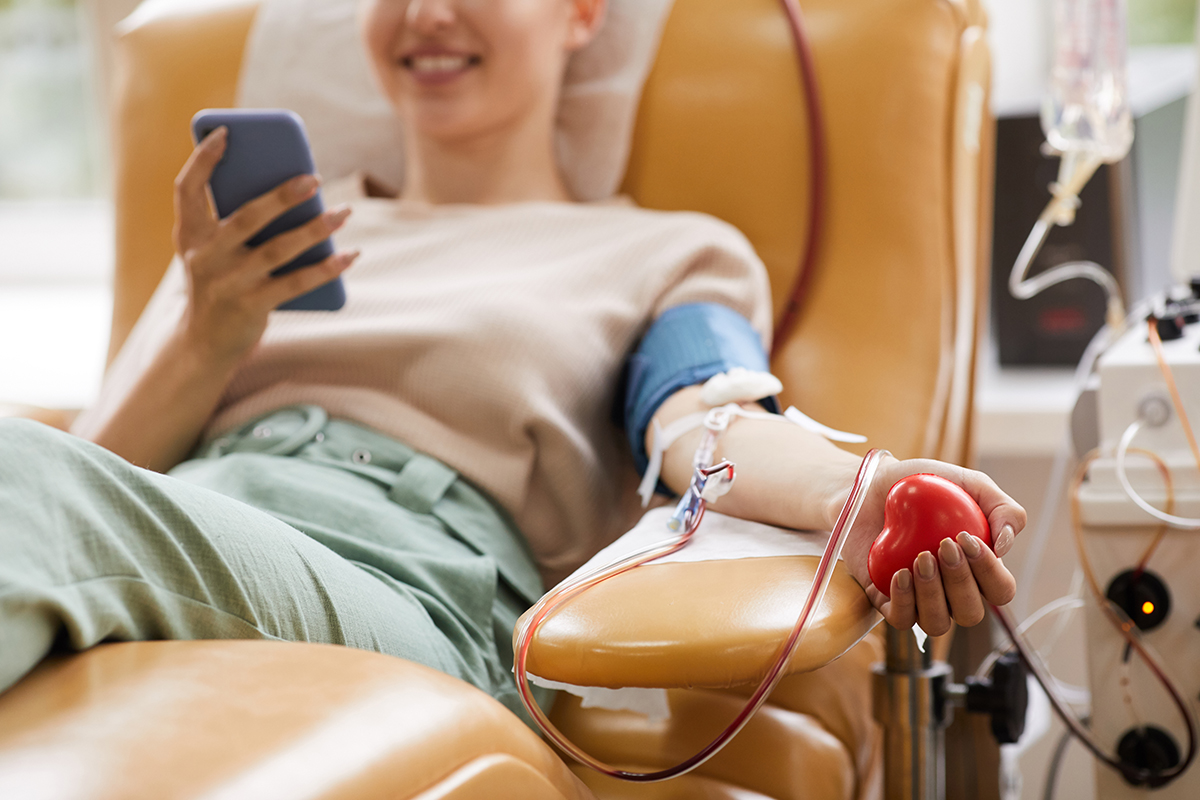The blood that courses through our bodies performs many essential functions, including circulating oxygen, nutrients, hormones and electrolytes. It also removes carbon dioxide and waste products while helping to maintain our body temperature, fight infection and stop bleeding after injuries.
Unfortunately, despite extensive efforts, no artificial blood products have been developed to replicate the many vital functions of blood. As a result, human blood transfusions are frequently necessary to treat bleeding from traumatic injuries or illnesses that inhibit the production of blood.
Because donated blood has a limited shelf life, when the need for blood products exceeds donations, blood shortages can occur, and patient care suffers. This frequently occurs after holiday breaks and when winter weather limits donor turnout at blood drives in our state and nationwide.
Therefore, if you are an eligible donor, I encourage you to consider donating blood to provide life-saving assistance to your community.
Traumatic injury
When you think of patients whose survival depends on donated blood, those with traumatic injuries are often the first who come to mind. Millions of Americans are treated for traumatic injuries in hospital emergency rooms each year, and trauma is the leading cause of death in Americans 46 years or younger. For these patients, bleeding is the most common cause of preventable death.
Type O blood donors are particularly important because their blood can be used for anyone regardless of the patient’s blood type. This “Universal Type” blood is used to treat patients who arrive at a hospital with uncontrolled bleeding.
Severely injured trauma or pregnant patients may require the transfusion of dozens of units of blood to stay alive, and situations involving multiple patients can quickly deplete a hospital’s or a region’s blood supply. Because there is no way to predict when these situations will occur, it is essential that we continually replenish the blood supply to ensure that it is available when patients need it the most.
Treating illnesses
Transfusions also play an essential role in treating patients with cancer or chronic illnesses. Some forms of cancer interfere with the body’s ability to produce red cells, white cells or platelets. In other cases, cancer treatments such as chemotherapy and radiation therapy can affect the bone marrow, where blood cells are produced, leading to dangerously low cell counts.
Other medical conditions, such as anemia and sickle cell disease, reduce the number of healthy red blood cells, hindering the bloodstream’s ability to carry oxygen. Patients with these conditions often receive donated blood to reduce the likelihood of severe complications.
Most hospitalized patients and those with chronic illnesses requiring recurring transfusions receive donated blood that matches their blood type. This means health providers need a steady blood supply that includes all types, reflecting the variety seen in our population.
Importance of giving
Donating blood is quick and convenient. The entire donation process—including an interview about your health history and a recovery period afterward—takes about an hour, but it only takes 8-10 minutes to draw a pint of blood.
A rewarding aspect of blood donation is that you can save more than one life each time you give. Most blood drives seek donations of whole blood, which is then separated into components—plasma, platelets and red blood cells. Health providers distribute these blood products to the patients who need them. Additionally, whole blood is now being transfused to severely injured trauma patients at several Arkansas hospitals specializing in trauma care. This ensures that these seriously injured patients benefit from all the vital components of blood, which has recently been shown to increase survival.
About 6.8 million Americans donate blood each year, according to the Red Cross. However, this number is decreasing every year, and we continue to have an ongoing and urgent need to ensure we have enough blood available to care for sick and injured patients. Whether you’re a regular donor or are ready to give for the first time, this simple act will make a big difference for others.
Kyle J. Kalkwarf, M.D., FACS, is an assistant professor of surgery and the trauma medical director for the University of Arkansas for Medical Sciences (UAMS) Division of Acute Care Surgery.










